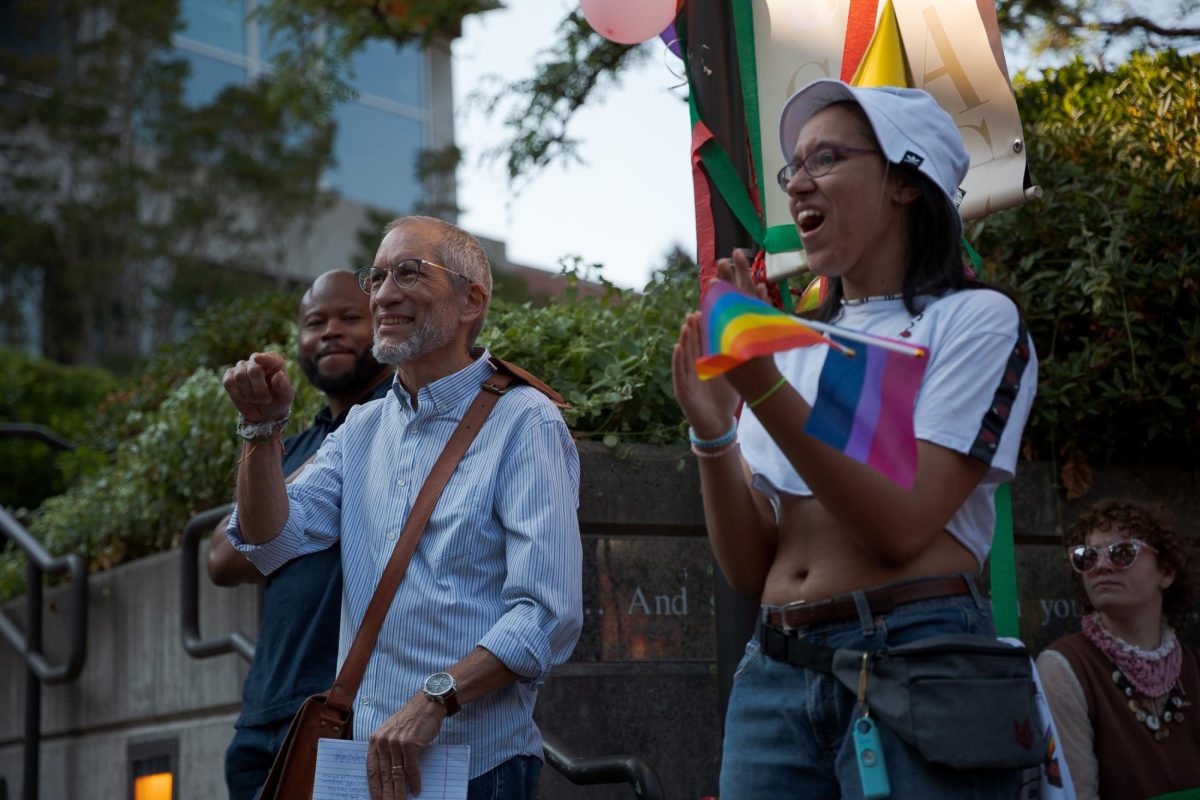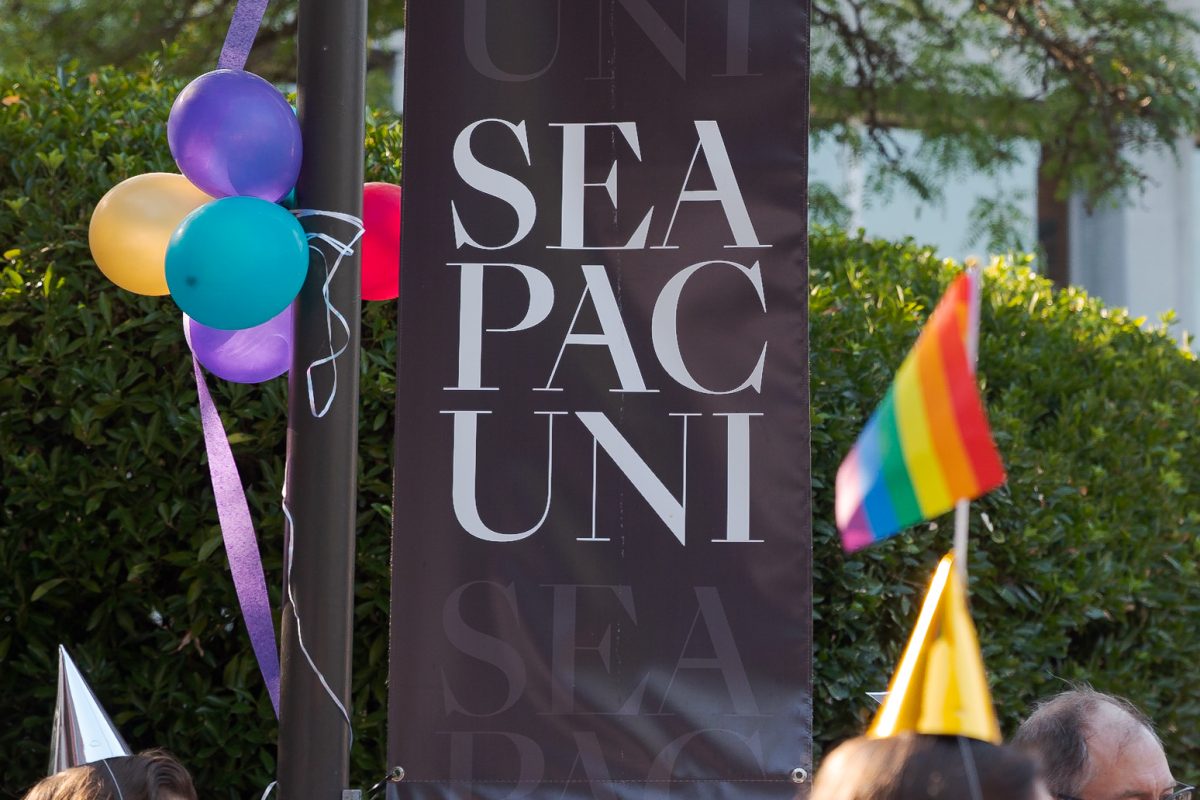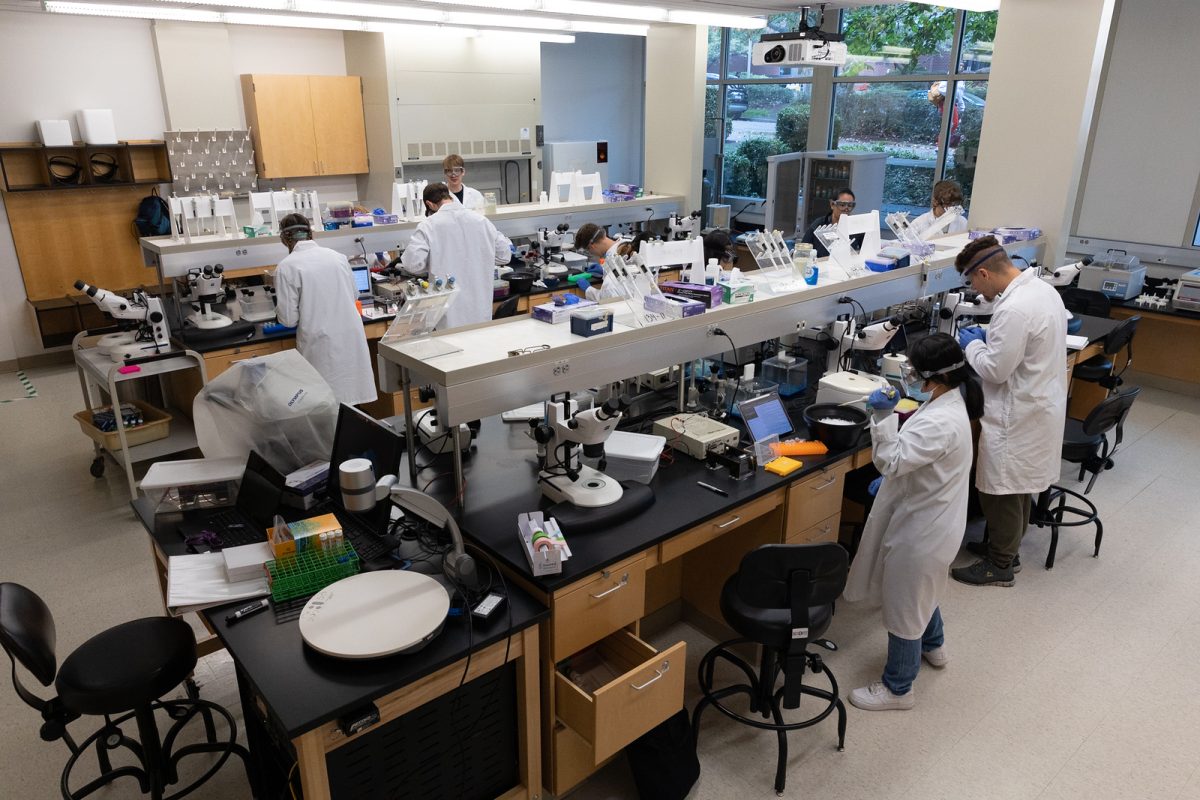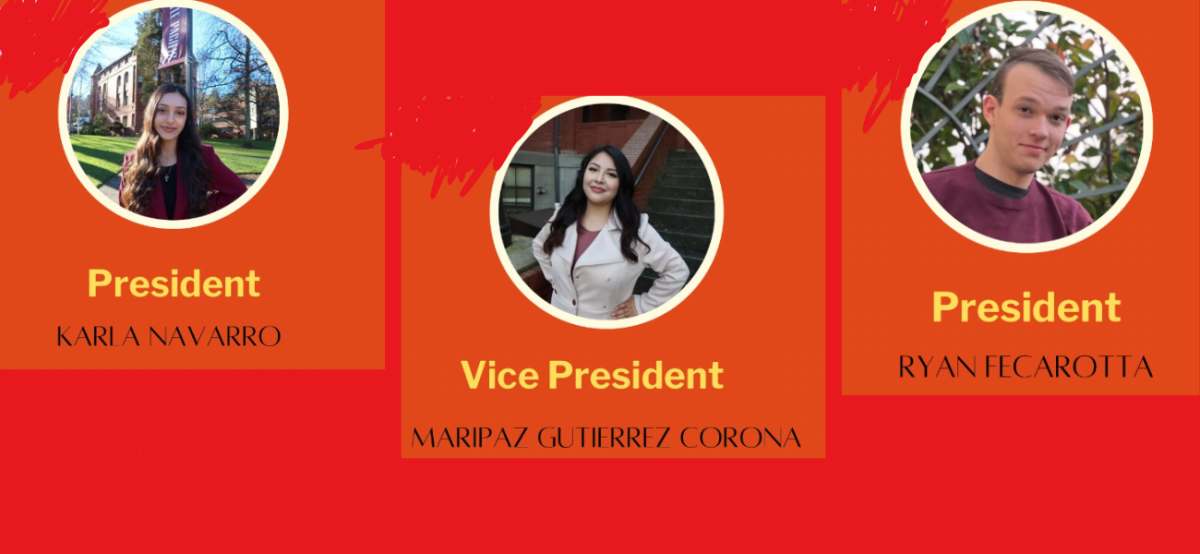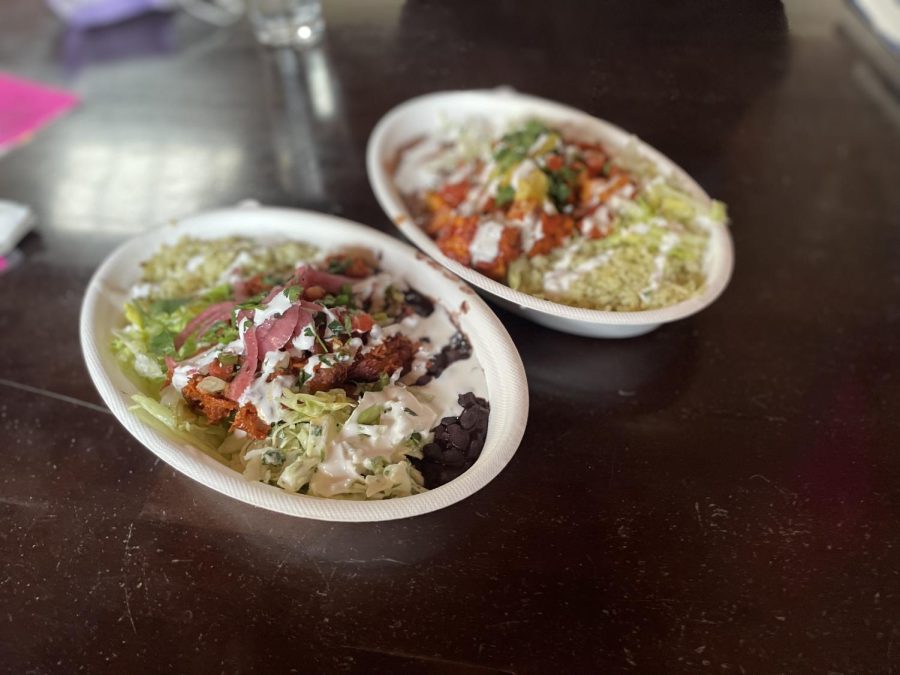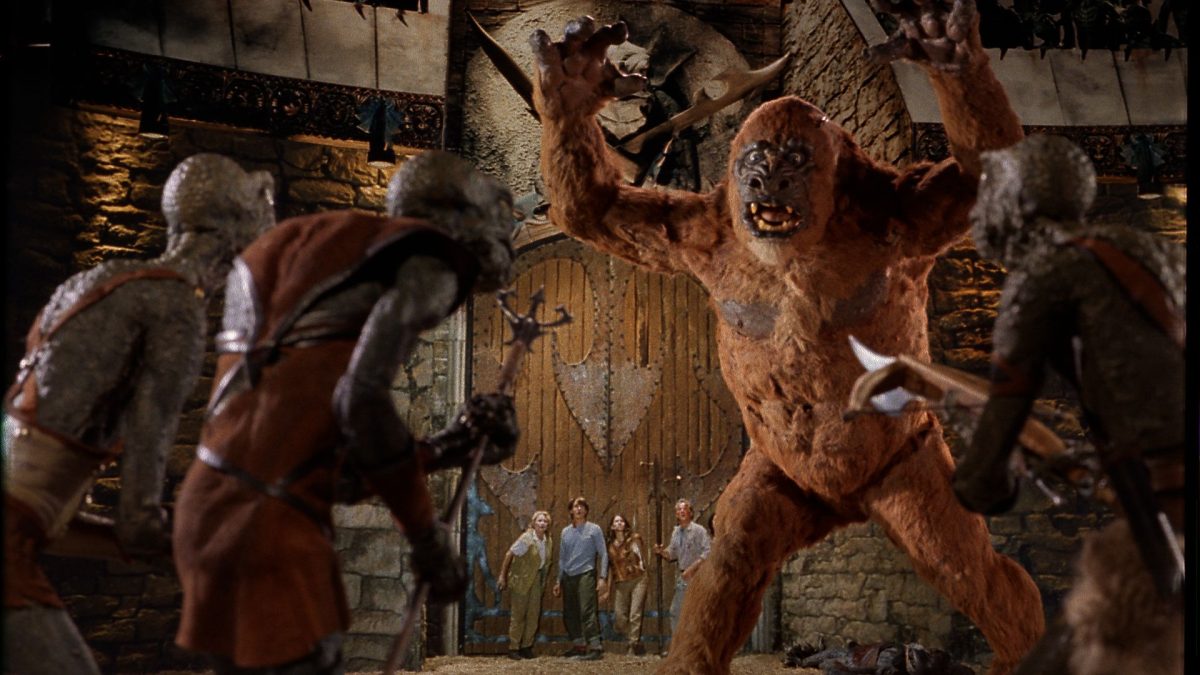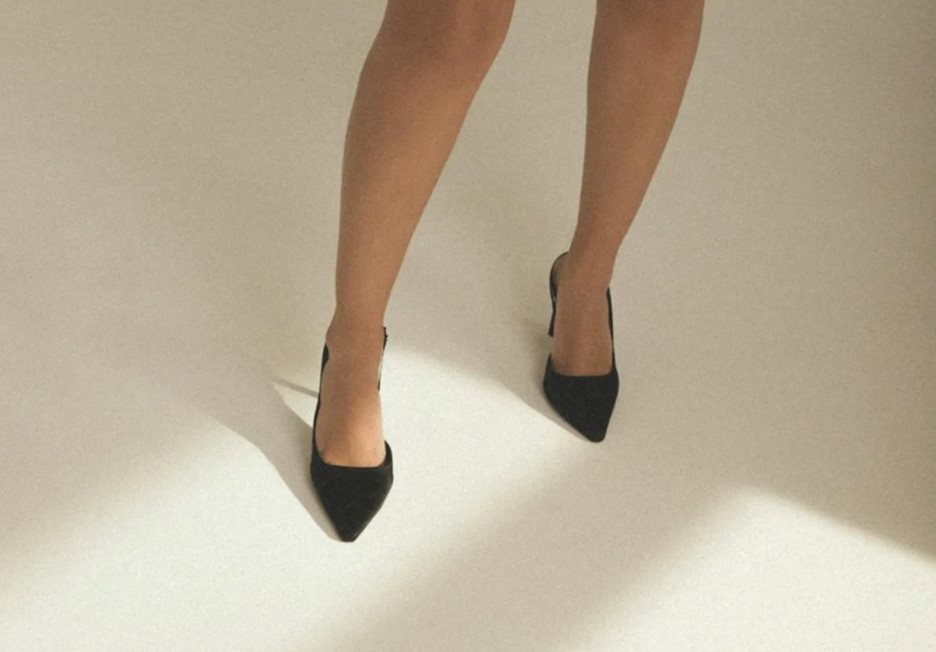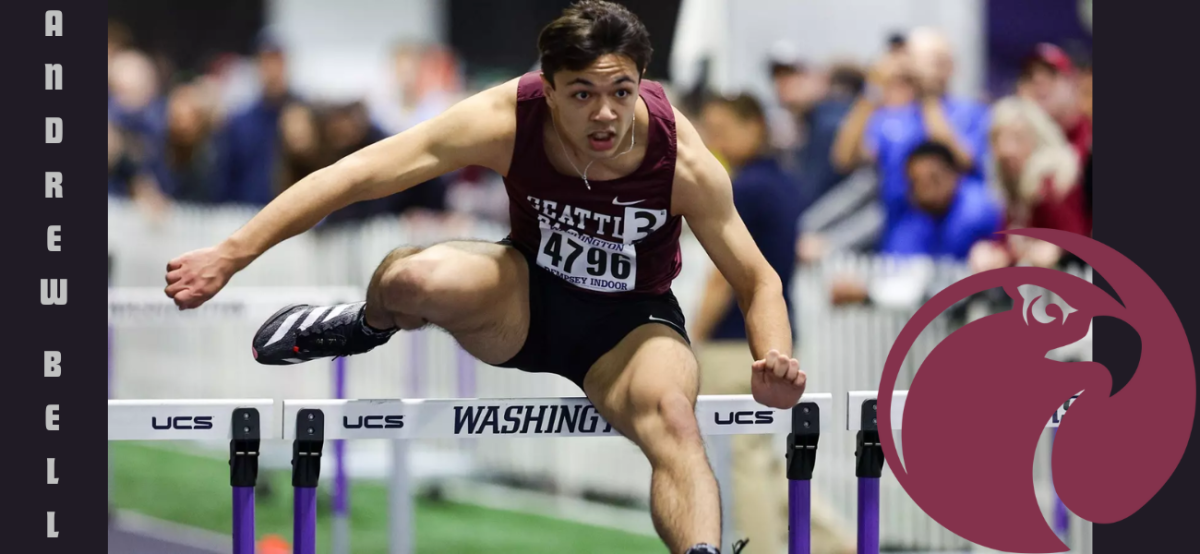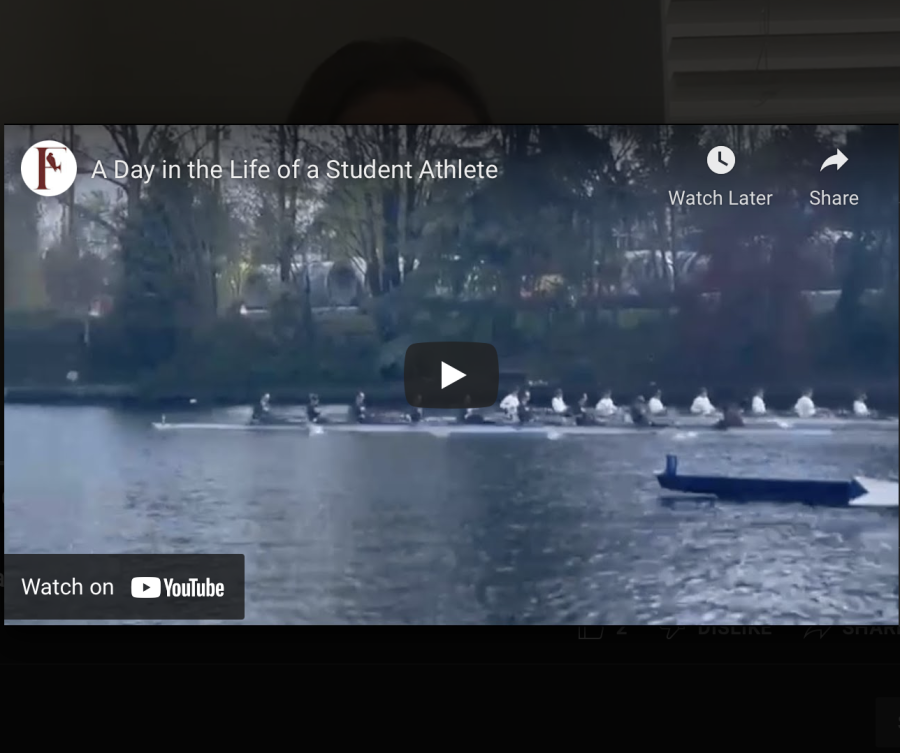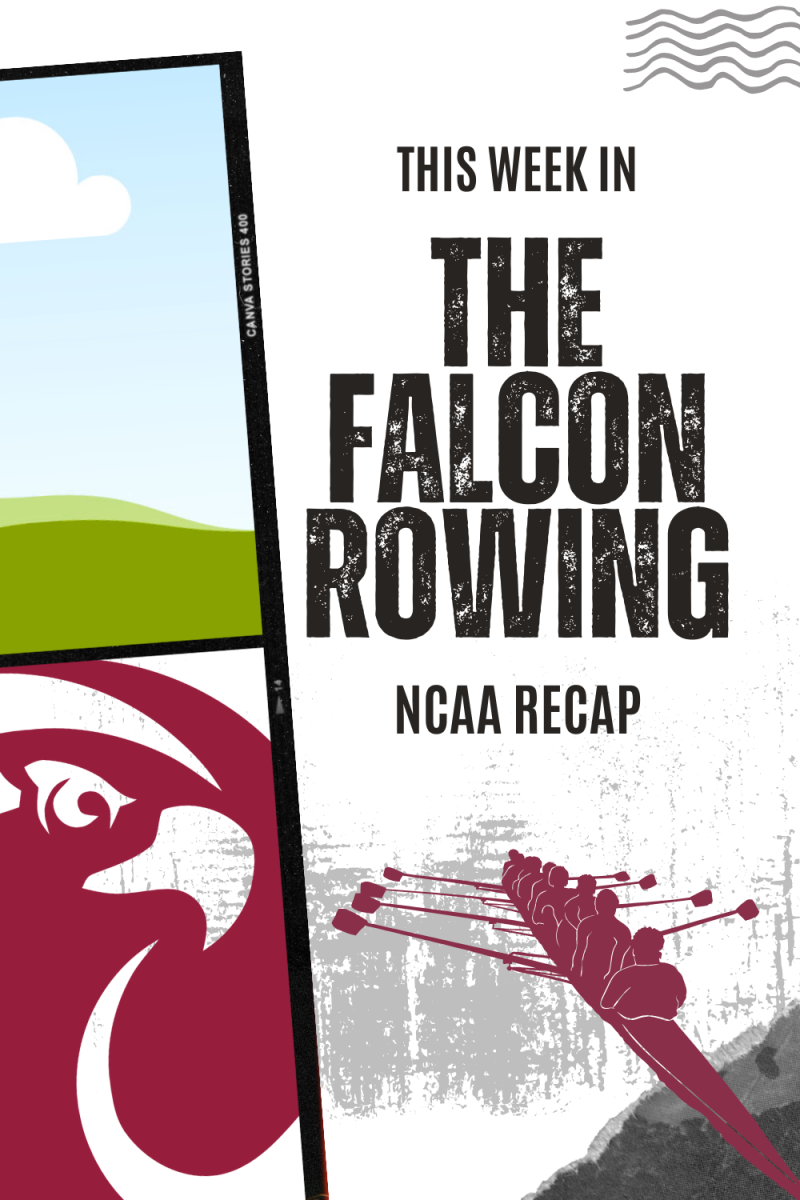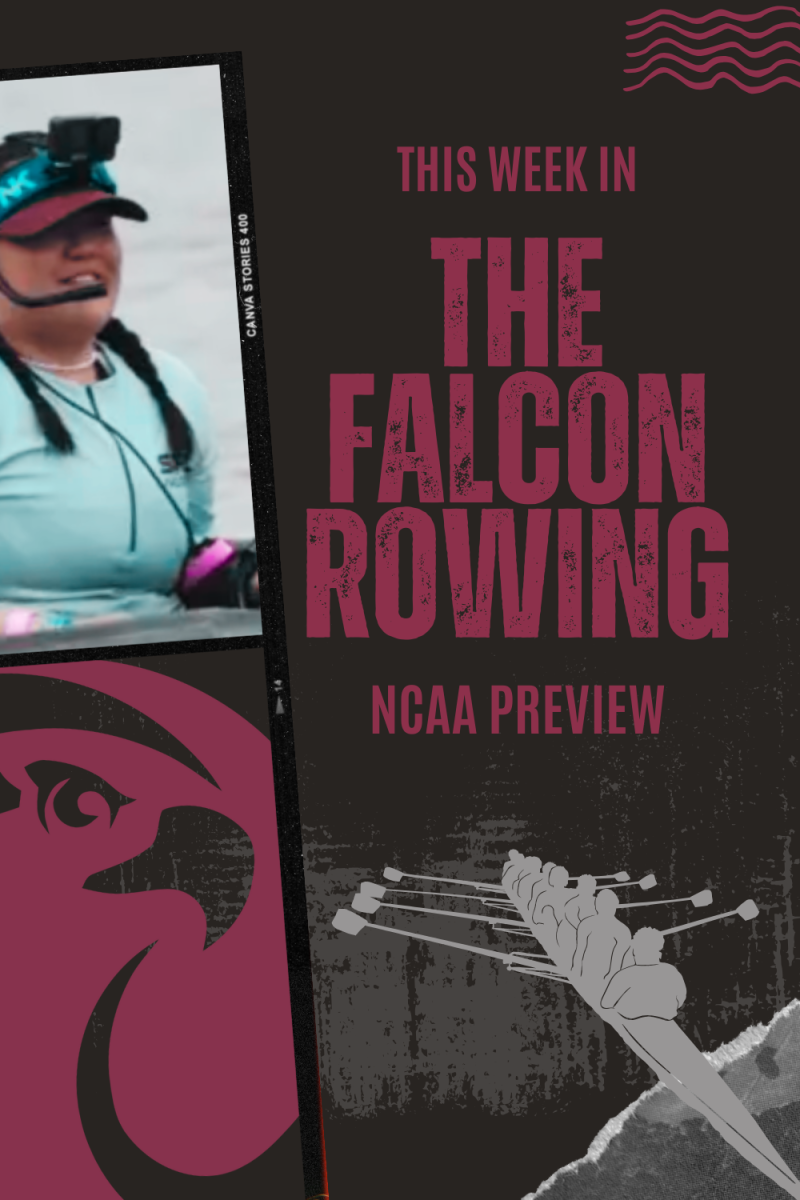
Seattle Pacific University’s women’s rowing team competed in their first races of the academic year on Sunday, Oct. 8 at the American Lake Fall Classic. Most of the team raced in two events, with 16 rowers competing in two eight-boat races and 12 competing in three four-boat races.
These races were irregular compared to rowing’s regular season. They did not count toward any in or out-of-conference record, and were organized as headraces with each boat staggered at the starting line instead of side-by-side. Additionally, the race courses covered five kilometers, three kilometers more than what the team races in their spring season.
Rowing is a sport that requires 80% endurance and 20% power out of a person’s 100% effort, which a team accomplishes through long periods of training. Headraces were historically developed to break up that monotony. Head Coach Caitlin McClain sees fall races as opportunities for the team to build fitness.
“The time we spend in the fall training is largely long aerobic-type work,” McClain said. “I think a big part … has been to put our training and our technique to the test … Most of our athletes did two races and that was intended to give them that extra training and extra time [on the water].”
McClain knew these races would only help the team hone their skills, and she could see the effort her rowers were putting into these races.
“It’s a higher level than just practice, so a lot of our athletes were a little more in-tune and wanting to go out there and make it feel really good. A big focus of our off-season has been this building of mastery and a building of skill,” McClain said.
Sophomore sociology major and coxswain Lexi Roybal saw these races as both a challenge and an opportunity.
“The biggest benefit was learning how to fill space. As a coxswain, talking for eight minutes is a lot different from talking for twenty minutes, so learning how to fill that space effectively was a lot different for me,” Roybal said
Senior rower and applied human biology major Natalie Korolenko thought the greatest benefit to these races was their longer, endurance-testing courses.
“It builds the base fitness we need. The stronger base fitness you get, the stronger base endurance you get,” Korolenko said. “Headracing really tests you [for] how long you can go and how far you can go as hard as possible … and it’s definitely a lot different than doing a seven-minute 2k compared to a 20-minute 5k.”
Lucy Sandahl, a senior coxswain and physiology major, took advantage of the time on the water by refining whichever call-outs worked best for the team.
“Since a coxswain’s job is to steer and navigate the race course as well as helping the rowers out throughout the entire course, I think it definitely helps us build a foundation with certain particular calls that the rowers appreciate during the movements, like tech calls, motivational calls,” Sandahl said. “[If] we know those calls straight from the bat that rowers like, that we like, we get a better flow overall.”
Final races for the fall season will be on Sunday, Nov. 5, at the Montlake Cut. The varsity eight-boats will launch at 8 a.m., and the junior varsity eight-boats will follow at 11 a.m. The varsity four-boat races will launch at 8:40 a.m.
“The boats will start on the north end of Lake Union, so if people were to be on the University Bridge, they would get to see the boats go under,” McClain said. “It’s pretty early, but if people could make it, it’d be pretty great to hear some Falcons cheering for us.”







